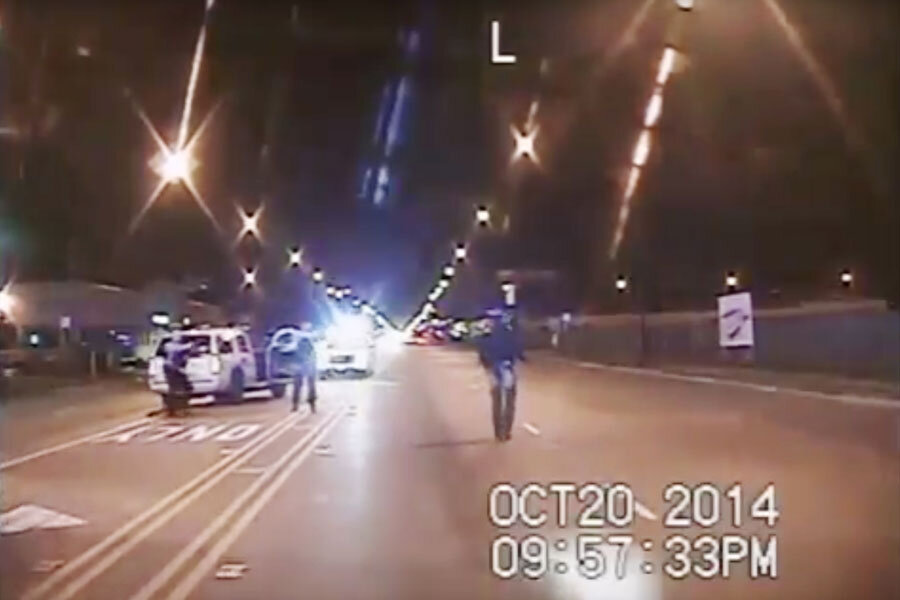New evidence on police could raise the heat in Chicago this summer
Loading...
As the nation celebrates Memorial Day weekend, Chicago braces for what some are predicting will be a violent summer, punctuated by extreme tensions between police and the communities they serve.
Now, the agency that investigates allegations of police misconduct in Chicago is planning to release, possibly on June 2, reports and evidence, including audio and video from dashboard cameras and body cameras, plus dispatch calls and 911 calls, from about 100 cases of police shootings and other incidents, according to a memo obtained by the Chicago Sun-Times.
The Independent Police Review Authority, the agency releasing the evidence, investigates cases in which Chicago police officers fire a gun or stun gun that could hit someone, or incidents where a person dies or is seriously injured in custody, reports The Washington Post.
The release of this information was recommended by a police-reform task force assembled by the city’s Mayor Rahm Emanuel. After months of investigating the police department, the task force released a brutally forthright, 190-page report in April that found “the police have no regard for the sanctity of life when it comes to people of color,” according to the Post.
The report found that racism was at the root of the Chicago police department’s failures, which have caused the department to lose the trust of the communities it serves. The task force made recommendations for overhauling the police department and restoring relations between police officers and the people of Chicago, as The Christian Science Monitor reported at the time of the report release.
“This is an official report that finally acknowledges the reality of racism in Chicago and the lack of police accountability, unchecked patterns of abuse and violence,” Craig Futterman, a professor at the University of Chicago Law School, told the Monitor. “There has never been this widespread fundamental acknowledgement of what the issues are and what the problems are before.”
Among the task force’s recommendations was that the city release videos of police shootings within 60 days of incidents. The recommendation was made in light of the delayed police response to calls for the release of dashboard camera footage of the fatal shooting of black 17-year-old Laquan McDonald in October 2014. It took the police 13 months to release that video. Its release in November 2015 – with the video showing Mr. McDonald, who had been caught breaking into trucks and was carrying a small knife, walking down a street before being shot 16 times by an officer – rocked the city and led to the arrest of the white police officer who killed him, Jason Van Dyke. Officer Van Dyke now faces murder charges.
Besides kicking off internal investigations and efforts to reform the department, the video footage also brought a civil rights investigation by the US Justice Department, now in progress.
All this activity now is punctuated by the start of a season that has typically been marked by a surge in violence, though the rate of violence has slowed in recent weeks, reports The New York Times. Regardless, it is worrying community leaders and city officials dealing with a rise in gun violence this year that has shaken some Chicago neighborhoods.
“If something doesn’t change, if we don’t get jobs for these kids, if we don’t change the economic situation, I’m worried that we could be looking at a blood bath,” Rev. Corey Brooks, a pastor on the city’s South Side, a mostly African-American area where some of the shootings have been concentrated, told the Times. “If something doesn’t happen, I fear that we’re potentially looking at one of the worst summers we’ve ever had.”
The murder rate in Chicago, the third-largest city in the United States, exceeds that of New York and Los Angeles. The increase in crime is mostly affecting Hispanic and black neighborhoods. The majority of the victims have been African American, the Times reports.
Homicides in Chicago were up 52 percent in 2016 compared with the same period a year ago, with shootings increasing by 50 percent.







